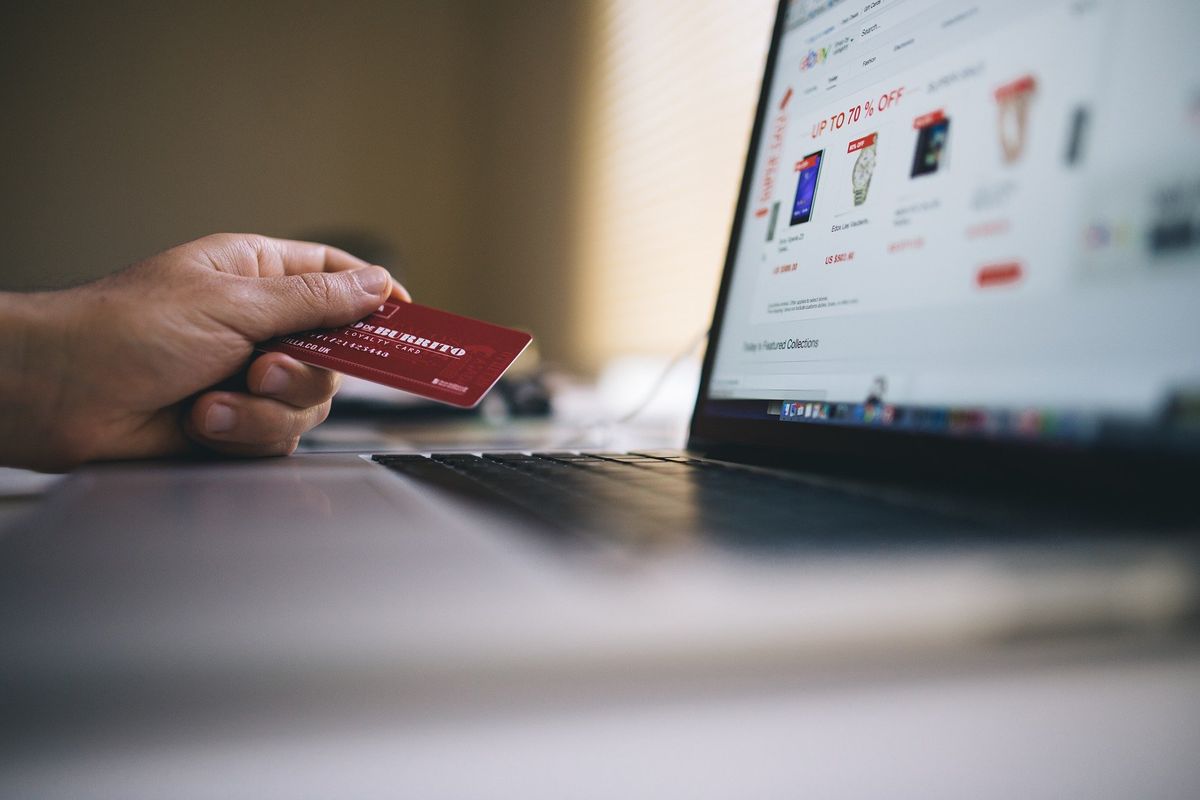A refurbished laptop, tablet, and Nintendo Switch at Back Market's NYC lab.
President Donald Trump and his administration's indecision over implementing tariffs has caused stock turmoil, panic buying, and price increases across the tech market. While some companies appear to have won a break from the White House for tariffs on consumer electronics, this situation won't last forever. Could secondhand tech be a solution to exorbitant prices?
Also: Samsung now sells refurbished Galaxy S24 Ultra, S24+, and S24 at discounted prices
Last week, refurbished electronics marketplace Back Market announced a partnership with device repair provider iFixit "to address the culture of fast tech and overconsumption," the companies said in a press release. iFixit DIY maintenance kits and tutorials will be available on Back Market, which will, in turn, promote its refurbished tech within iFixit communities.
I spoke with CEO and co-founder Thibaud Hug de Larauze at the partnership launch event at Back Market's offices in New York. He notes that while the initiative isn't tied to the economics of the moment -- Back Market has been in operation for 10 years, eight in the US -- the company has seen a recent uptick in demand for refurbished tech amidst tariff turmoil.
"What we've seen over the past 10 days is a hike in demand -- we saw growth multiply by three," he notes.
What to know about refurbished tech
Devices on Back Market, which range from laptops and smartphones to vacuums and gaming consoles, are verified refurbished, meaning they are inspected by "industry professionals," according to Back Market's quality breakdown page. The reseller guarantees that its smartphones, for example, will have "minimum 80% battery health with 100% charge capacity."
Refurbished devices also come with a one-year warranty and can be up to 70% cheaper than new ones. An iPhone 15 Plus, normally $799, goes for $571 at the time of writing, a price you can reduce further if you're trading in an old device.
CNET: Survey finds 31% of US adults hold onto unused devices - why you shouldn't
What's more, US customers buying from Back Market receive products repaired by US-based refurbishers, making the entire process domestic -- no risk of running into unpredictable international trade conditions.
New and refurbished phones and smartwatches at Back Market's NYC lab.
Back Market and iFixIt also want to encourage consumers to extend the lifecycle of their devices, which goes hand in hand with replacing them less often (and therefore saving money). As part of the partnership, users can now access diagnostic tools in a new Care section on the Back Market app to check their devices' health and stay ahead of maintenance needs with tests for everything from touchscreen viability to your phone's accelerometer.
"You don't need to go to the Genius Bar anymore," Ray Ho, Back Market VP of product, said at the launch.
The repair lab at Back Market's NYC office.
Unsure about refurbished tech (or how its battery life will really perform)? Back Market is trying to put a friendlier face on it than forums of yesteryear. "Craigslist, all the C2C peer-to-peer platforms -- they're not solving for the trust issue," Hug de Larauze says. "We're testing batteries all the time."
He adds that Back Market has invested in the supply stream of top-quality batteries, ensuring refurbishers have optimal materials to "make repair the new normal" -- but that the next frontier in sustainability is software longevity.
Learning how to replace the battery in an iPhone 16.
Making tech greener
iFixit and Back Market also aim to combat e-waste and limit carbon emissions. "Back Market and iFixit are also calling on consumers to extend the lifespans of their smartphones from 2.5 to 5 years, and for manufacturers to extend their support of device software to 10 years to ensure more devices stay in circulation longer and don't end up in landfills," the press release said.
Also: Why I bought a $5,300 Apple Mac Studio in the midst of tariffs news - and don't regret it
Back Market says that using an iPhone 13 for five years and replacing its battery, instead of getting a new phone after two to three years, which is its average life cycle, can cut the device's annual carbon emissions by 49%. If the device is made viable for 10 years, that reduction goes up to 68%. The company determined these numbers using data from Apple reports, an ADEME emissions study, an analysis of Fairphone 5, and an emissions calculator from the US EPA.
Given the resources that go into producing a single phone, a circular economy makes sense -- and already exists elsewhere. "Would you throw away a car every time you need an oil change?" iFixit CEO Kyle Wiens asked during the launch presentation.
A United Nations report predicts global e-waste will increase to 82 million tons, up 32% from current numbers, during the next five years. E-waste leaks hazardous materials, like lead and other metals, into waterways and soil. These hazardous materials can adversely impact human health.
Also: There's a quiet PC boom happening - thanks to Windows 10 and the tariffs
The initiative reiterates the differing priorities of device manufacturers and the repair community. Last year, iFixit ended a partnership with Samsung over concerns that the tech giant was not focused on improving repairability and sustainability. In one example, as ZDNET's Adrian Kingsley-Hughes reported, "iFixit said it had developed an upcycling and device reuse initiative, but Samsung never implemented the program."
Right to repair
Both iFixit and Back Market are involved with the Right to Repair movement, focused on reducing consumer costs and waste by investing in and advocating for repairability, which begins with how tech companies design their phones. For example, if a manufacturer glues a phone battery in place, repairers can't easily or cost-effectively replace it and risk damaging the device, despite good intentions. Legislation in the EU already requires that manufacturers make battery replacement easier.
Also: Want an entire tech repair shop of tools in a single messenger bag?
Yet maintaining or repairing your current device is almost always more cost-effective than replacing it, especially amid unpredictable, tariff-induced price fluctuations. Beginning in June, new legislation in the EU will require phones and some tablets to meet repairability standards, and manufacturers to make spare parts readily available. In the US, policy moves slower, but in the meantime, iFixIt has reverse-engineered many device-specific components.
"With software support, accessible repair tools, and trade-in services, devices can stay in circulation for a full decade," said Hug de Larauze in the press release. "The entire system -- from manufacturers to telco providers -- must stop pushing premature hardware upgrades and start enabling long-lasting tech."
Back Market also announced it will donate $100,000 "to support state-by-state Right to Repair legislative efforts in the US."
Get the morning's top stories in your inbox each day with our Tech Today newsletter.

 6 months ago
106
6 months ago
106









 English (US) ·
English (US) ·